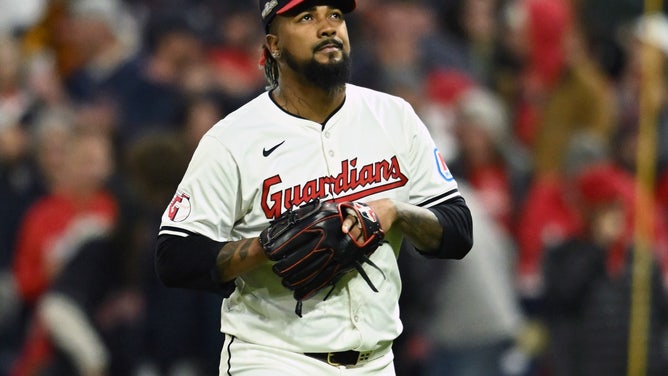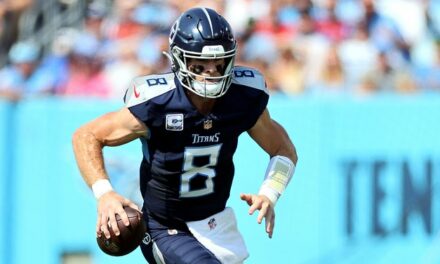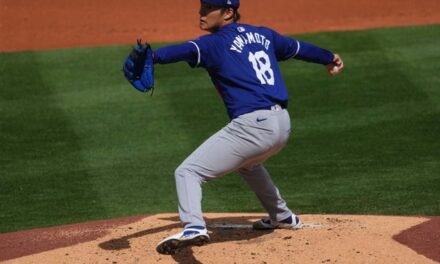We support our Publishers and Content Creators. You can view this story on their website by CLICKING HERE.
Every season, teams, front offices and fans search for a single factor that could make the difference in a Major League Baseball playoff series. And every season, they come up empty.
There’s no specific type of roster construction, no single player or position group that guarantees postseason success. The Philadelphia Phillies, for a time, seemed to have figured something out. Despite their lineup having questionable roster construction for the regular season, with elite hitters and poor defensive players, they were able to overachieve in the playoffs with a terrifying 1-9. Until 2024.
Philadelphia lost to the New York Mets in the National League Division Series, despite its fearsome lineup and quality starting pitching. The San Diego Padres were widely expected to advance past the Los Angeles Dodgers, with their equally deep lineup, starting pitching advantage and bullpen depth. The Dodgers, though, came back and won the series in five games.
So what can teams do to give themselves a potential leg up in a playoff series? Well, after years of the national sports media propping up the importance of bullpens, it does involve relief pitching. Though not in the way most fans would think.

Cleveland Guardians pitcher Emmanuel Clase reacts in the ninth inning against the New York Yankees during game four of the ALCS for the 2024 MLB playoffs at Progressive Field on Oct. 18. Photo: Ken Blaze-Imagn Images
Bullpen Usage Can Play A Role In MLB Postseason Outcomes
It’s a well-known baseball aphorism that there’s a third-time through the order penalty for starting pitchers. And it makes sense; the more times hitters get to see the starting pitcher, the more familiar they are with their pitch mix and how those pitches look at game speed.
That’s played out repeatedly in the postseason, where managers take out pitchers after two turns through the lineup, instead of basing their decision on pitch or inning count. It’s part of the reason why relief pitchers can be more effective than starters; because they only have to face hitters once.
And that’s where the hidden postseason advantage comes into play.
In the regular season, most series are three games, meaning relievers rarely pitch more than twice against the same team. And often face different hitters in their two appearances. In a longer, higher stakes series, though, that changes. Teams routinely use their high leverage relievers more frequently in October, exposing them more often to the same hitters on opposing teams. Those hitters are taking advantage.
According to MLB’s research team, in the last five years of postseason baseball, relief pitchers are significantly less effective when facing the opposing lineup for the third time in the same series. As posted by Sarah Langs, all hitters are batting .275/.340/.483 with 18 home runs in 426 plate appearances when facing the same reliever for a third time.
To put it in perspective, Freddie Freeman in 2024 hit .282/.378/.476. Hitters in the playoffs when getting to face a reliever for the third time automatically become equivalent to one of the best in the sport.
What does that mean for the rest of the championship series matchups?
Well, the New York Yankees and Cleveland Guardians have both heavily used their bullpens, with Clay Holmes in particular pitching in every single game.
Relatedly, he allowed three baserunners in game four while getting just one out and allowing back-to-back run scoring doubles.
The New York Mets have also heavily used their bullpen against the Dodgers, setting up a difficult assignment for Edwin Diaz, Ryne Stanek and Phil Maton in a do-or-die game six in Los Angeles.
Dodgers fans, frustrated with Dave Roberts bullpen management in game five, might feel better knowing that the Dodgers have specifically avoided having their top arms face hitters multiple times thus far.
Will it matter? Maybe, maybe not. But in the endless search for a meaningful factor in playoff success, this might be something that actually matters.

 Conservative
Conservative  Search
Search Trending
Trending Current News
Current News 





